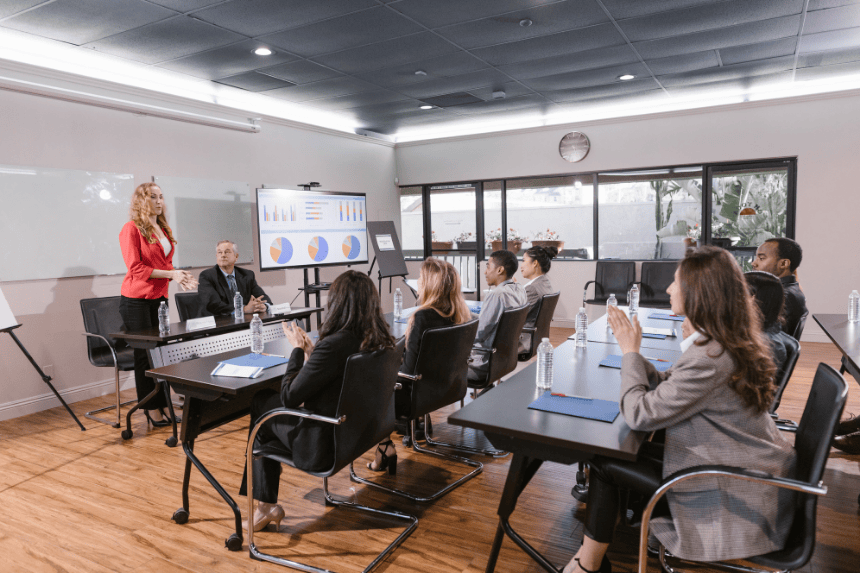
The Challenge
A long stretch of volatility and uncertainty in both economic markets and talent dynamics has caused organizations to face widening skills gaps among their workforces. Business needs have rapidly changed, and it is increasingly difficult to find and retain top talent. Organizations now need to build these critical skills quickly but are challenged by how to accomplish that.
Just over one-third of companies in Brandon Hall Group’s Transforming Learning for the Future of Work Study say their current approach to learning is positioning them well to develop the skill that will be required in the future. And this is the heart of the issue. The old frameworks, strategies and infrastructure organizations have been relying on are simply not able to keep up with modern demands. Skills gaps will only continue to widen if organizations don’t completely rethink how Learning & Development serves both learners and the business.
The Recommendation
What Brandon Hall Group has to Say About EI Design’s Solution
Making this kind of transformation is no simple task. L&D teams are already pushed to the limit by providing more development for the organization with fewer resources. Brandon Hall Group Smartchoice® Platinum Preferred Provider EI has positioned itself as a strategic partner in the digital transformation of learning. Their strategies and approaches are based on building skills and delivering impact both quickly and at any scale.
A core element of EI Design’s approach is designing learning programs that focus on practice and application of learning. In order to do this, they recommend:
- Aligning programs with clearly defined specific skills. Rather than big, nebulous concepts, the focus should be on concrete skills that can be practiced.
- Creating specific solutions to build foundational knowledge. This allows the knowledge to be acquired before moving on to the practice phase.
- Making practice a prominent part of the program. Provide opportunities to experiment, fail, and try again. Feedback is critical at this juncture to keep people moving in the right direction.
This approach to skills is one part of a larger strategy to build a growth mindset among employees where they build lifelong learning habits. This kind of culture is more readily able to reskill and upskill quickly. EI’s philosophy is that organizations can build these habits by:
- Recognizing and rewarding learning. Recognition not only taps into learners’ intrinsic motivators, but it also demonstrates the organization’s commitment to learning and building skills.
- Allowing for failure. Trial and error is a key component of learning, and failure is a core learning opportunity. Giving people the opportunity to safely fail builds trust and strengthens the learning culture.
- Providing opportunities to apply knowledge. Otherwise, there is no way to internalize the learning and put it into a real-world context.
- Helping people learn how to learn. The ability to learn is itself a critical skill that can be built and developed, which opens people to broader, more impactful learning experiences.
- Involving leadership. Not only can managers and executives model the learning culture, but they can also drive buy-in and adoption.
- Promoting employees who are eager to learn and take risks with new knowledge and skills. As an extension of rewards and recognitions, promotion shows how learning habits and culture are prioritized by the business.
With these kinds of strategies in place, it becomes even more critical for L&D teams to sufficiently measure and assess the impact the training is having on both learners and the business. EI Design has a robust measurement framework that can be adapted to any learning environment, providing actionable insights on where learning is working and where improvement is required.
A transformative learning culture supported by a digital-first approach will be required for companies to be successful in the future. Otherwise, organizations will continue to see their skill gaps widen, and they will not be able to hire enough people fast enough to keep up. They will need Learning & Development to continuously build the skills the business requires as business strategies adapt, change, and evolve.
David Wentworth, Principal Analyst, Brandon Hall Group



